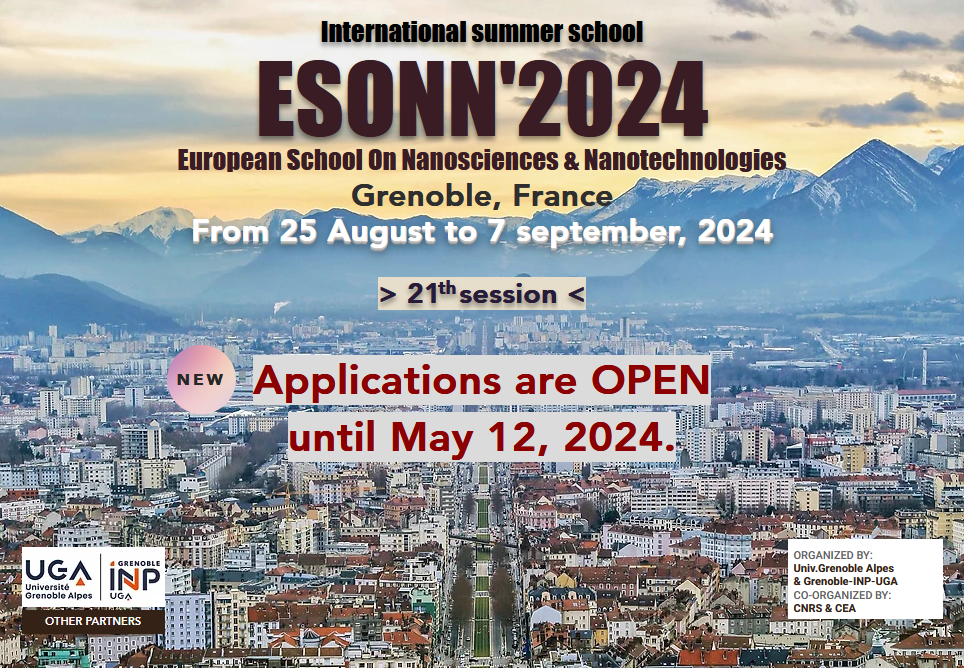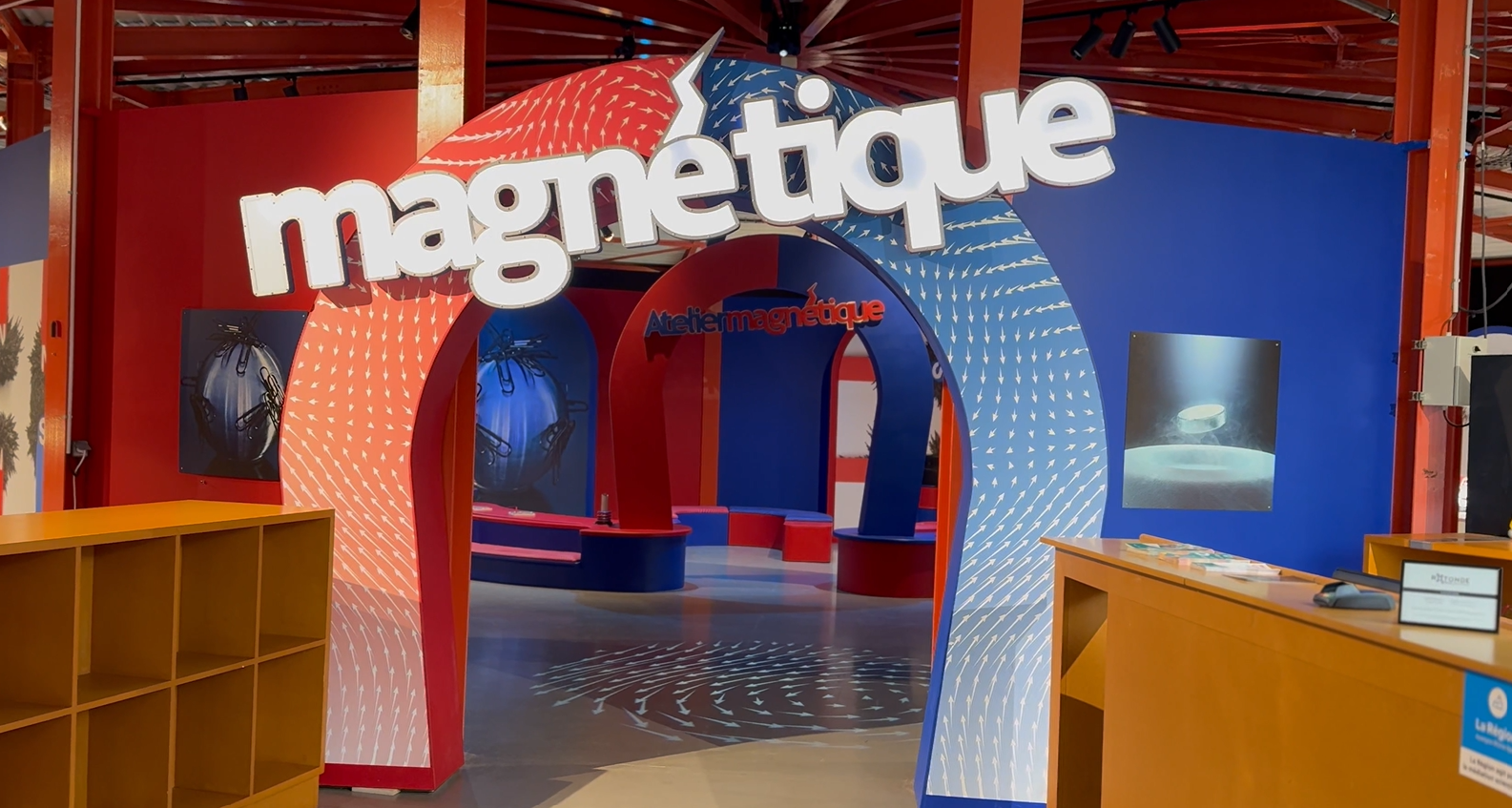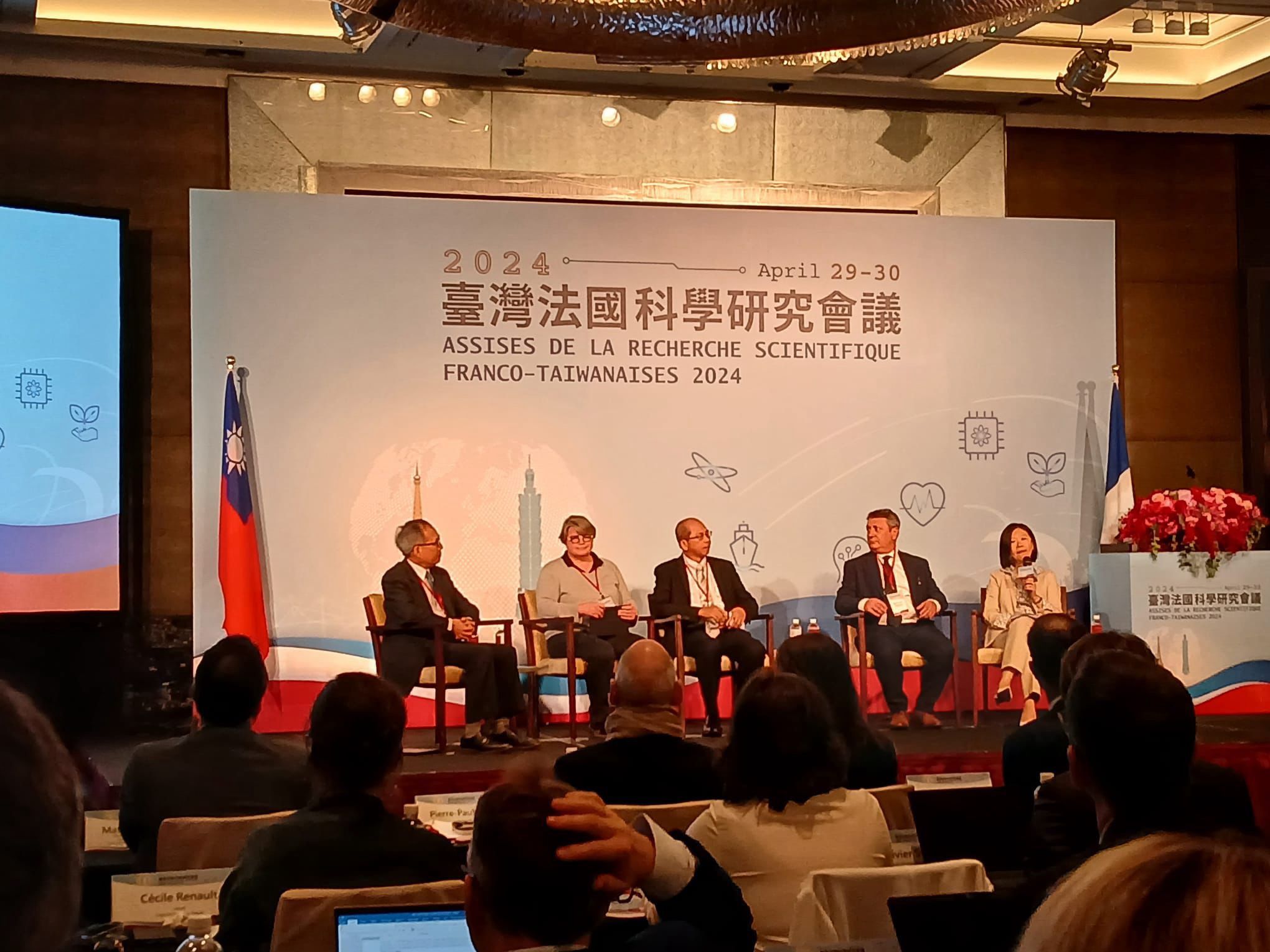Sommet de l’IA : #FOCUS on the “Young Scientist” HOBBIT Project
From February 6 to 11 in Paris, a must-attend event dedicated to technological innovations is taking place: le sommet de l’IA. On this occasion, the PEPR SPIN invites you to discover one of the newly selected projects under the ANR 2024 Call for Projects: the HOBBIT project, led by Philippe TALATCHIAN, research engineer at CEA-SPINTEC within the artificial intelligence team

Objective of the HOBBIT project: “Harnessing out-of-equilibrium spintronics in self-adaptative brain-inspired networks“
The HOBBIT project aims to explore the emergence of a novel phenomenon of thermally activated collective magnetization. This phenomenon could lead to the first self-adaptive network replicating dynamics comparable to out-of-equilibrium critical behaviors observed in nature, such as those found in the brain, sand avalanches, or forest fires.
The emulation of these yet unexplored dynamics could be the key to a new generation of computing systems capable of operating efficiently despite significant variations between devices, noisy signals, and ultra-low energy consumption—comparable to that of the human brain. In biology, neurons and synapses exhibit significant heterogeneity and often deviate from ideal behavior. Yet, the brain manages to self-organize and perform complex cognitive tasks, continuously adapting to extreme biological variations and external stimuli.
In this spirit, HOBBIT aims to design a revolutionary spintronic computing system: self-adaptive, unconventional, and ultra-low power. This project aligns perfectly with the PEPR SPIN vision for a more frugal, agile, and sustainable digital future.
Context
The HOBBIT project is based on a fundamental idea: the brain operates as a complex out-of-equilibrium system, whose dynamics resemble those of phase transitions. This principle explains the emergence of collective behaviors in nature, such as the coordination of bird flocks or other animal dynamics.
From this perspective, the main challenge is to design self-adaptive hardware that leverages the stochastic dynamics of spintronic devices. The goal is to pave the way for unconventional computing, capable of adapting to signal fluctuations while maintaining ultra-low energy consumption.
Moonshot and Transversal projects to support the initiative
HOBBIT leverages the stochastic properties of spintronics, which remain largely unexplored in the materials and devices of PEPR SPIN. The project partly relies on resources available for STNOs (Spin-Torque Nano-Oscillators) within SPINCOM and SPINCARAC, particularly the RF probing platform. It also establishes connections with SPINTHEORY by exploring out-of-equilibrium thermal phenomena and potentially with TOAST by integrating stochastic dynamics into the THz frequency domain.
Directly linked to the field of artificial intelligence, HOBBIT opens up vast opportunities for the neuroscience and complex systems communities. Moreover, this project enables Philippe Talatchian to develop his own experimental setup within a dedicated AI lab, aiming to design cutting-edge spintronic computing approaches inspired by brain function.

© Picture of Philippe Talatchian


